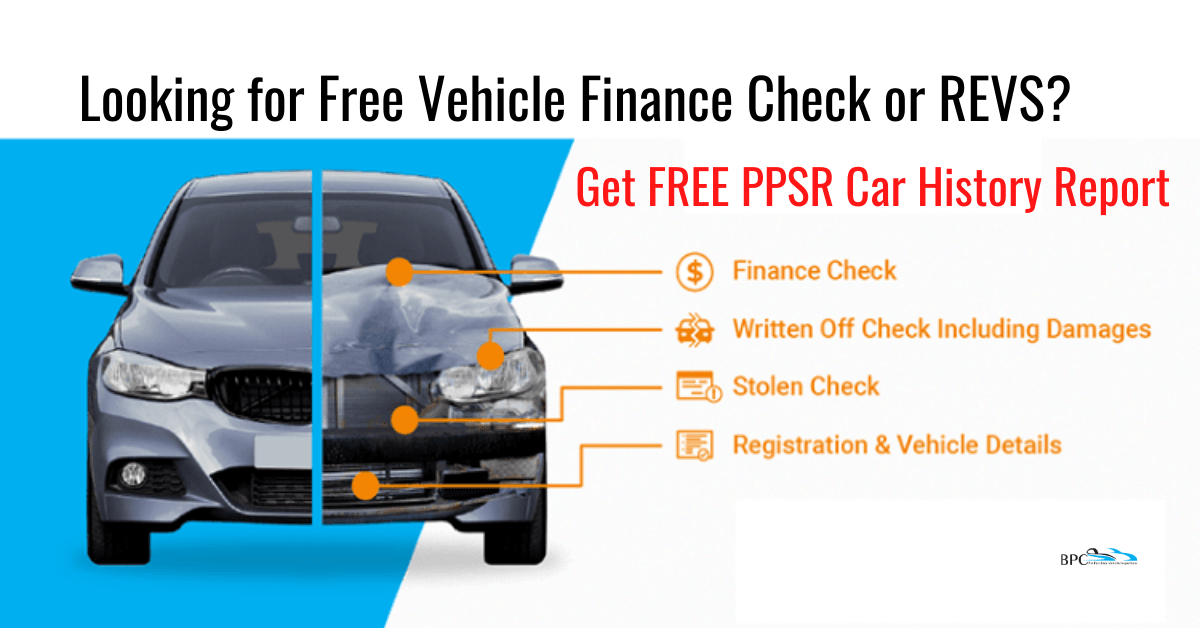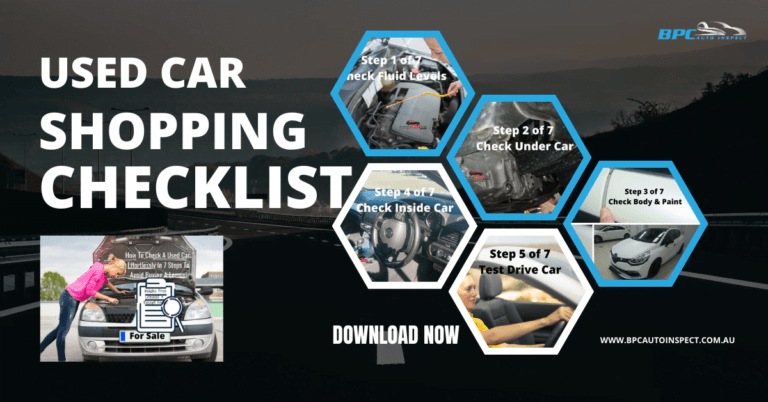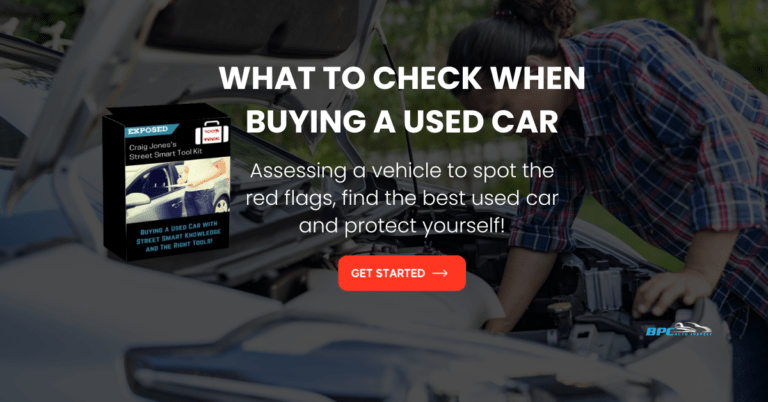Here we show you how to check if a car has finance owing for free Australia. Get your report now including vehicle history.
When buying a used car you should only deal with the facts & not assume or believe what the seller is telling you, especially when checking if there is money owing on the vehicle. Remember it is not about trust, it’s about making a good business decision or in this case a good buying decision. If you get it wrong you could be out of pocket hundreds even thousands of dollars as you can see in the video below.
What happened to the free REVS check?
REVS is an acronym for Register of Encumbered Vehicles. Encumbered vehicles (revs) mean the vehicle has a financial security interest on it. This means if you are buying a car from a private seller and they have an outstanding car loan attached to the vehicle this is called an encumbrance.
REVS, Revs Check Qld, Vin Check New South Wales better known as the “Revs check free” information system was decommissioned in Jan 2012.
What is the Personal Property Securities Register (PPSR)?
You might have heard about the new Personal Property Securities Register (PPSR). PPSR is short for Personal Property Securities Register. PPSR Check is a national database where financial interests in personal property, including vehicles, can be registered and searched.
The Australian Financial Security Authority (AFSA) has been active in helping consumers, businesses and organisations to understand the Personal Property Securities Registrar (PPSR). You should check the PPSR before you start negotiations. If you do this after you negotiate and take delivery of the vehicle you may find the vehicle is used as security for a debt obligation. Important information the previous owner didn’t mention. Also, you may find the vehicle is on the written-off vehicle register (WOVR) or stolen. The PPSR check is very quick and easy and can save you a lot of money, time and headaches.
What Does the PPSR Certificate Include?
- Financial Encumbrances
- (Finance owing on the vehicle)
- Stolen Vehicle Status
- Written Off Status:
- Storm, Flood, Collision, Repairable Write-Off
- Vehicle Details:
- Make, Model, Year, Colour, Body Type,
- Vehicle Type, Engine Number, VIN
- Rego Number, Rego Expiry Date, State
How to Find the Vehicle Identification Number (VIN)?
The Vehicle Identification Number (VIN) is a unique 17-character number allocated to every vehicle sold in Australia since 1989. Pre-1989 vehicles don’t have VIN. Use the chassis number instead to search. The VIN is usually stamped into the vehicle structure. VIN is, precisely 17 Characters & never contains the letters ‘I’, ‘O’, ‘Q’
- Build plaque in the Engine bay
- Passenger side windshield
- Door jamb or Boot
How to Check If a Car Has Finance Owing for Free Australia?
Using the VIN you can then check for any finance owing for free with Budget Direct. They offer a free car finance check using the PPSR search. It is a good service, especially when buying a second-hand car but it doesn’t include a complete car history check like the service below. The VIN lookup data comes from the PPS register as well as the National Vehicle Database known as NEVDIS. Both are Australian Government entities, so rest assured you can be sure the results will be accurate.
How to Buy a Car with Finance Owing?
Are you buying a car with finance owing but not sure what to do? Do these 3 steps so you can get a ‘clear title’ and protect yourself when buying privately.
Step 1: Check the Vehicle Finance Status Online
Make sure the vehicle you intend to buy is not being used as security for a loan. Make sure you get the vehicle identification number (VIN) from the body of the car or most 4WD vehicles will have it on the chassis. This is very important because you don’t want to buy a cloned vehicle. The number will be etched into the body or chassis.
Step 2: Get the Payout Figure Amount (Finance Owing)
By asking the owner to provide you with the payout figure from the finance company that has the security interest on the vehicle.
- This must be done in writing, recently dated and done on the finance company’s letterhead.
- If the seller is honest you should not have a problem obtaining this critical information. But if you can’t get this information or clear answers to your questions better to walk away and find another car with an honest seller.
- Then match the finance company details to the secured party details on the PPSR report you got in step 1.
- Next, call the organisation that holds the security interest and ask them about their procedures for lifting their interest from the title of the vehicle. You are not asking the finance company to give you specific personal details because they won’t because of privacy laws, you just want to know their payment options to lift the encumbrance (security interest) to get the clear title or free from debt.
Step 3: Payment Options to Get Clear Title When Buying a Car with Finance Owing.
Going to the bank with the seller to pay off the car and obtain the title is considered the safest and most convenient. otherwise, you will need a bank cheque. You may be able to pay by BPAY.
Conclusion
As you can see taking your time to understand how to do a vehicle finance check is crucial. A good business/purchase decision is based on knowledge and facts, not relying on trust in the seller.
Also Please Note:
The information contained on this page is for general information purposes only.
All reasonable steps have been taken to ensure that this information is accurate, complete and up-to-date. Also If you believe any information we have displayed is inaccurate, please contact us immediately and we will take all reasonable steps to correct it. Finally, this information is a guide only and cannot be used as a reference to the point of law.
*Some links in this post are affiliate links, which means we may earn a commission at no extra cost to you. Please refer to our disclaimer for more info.








